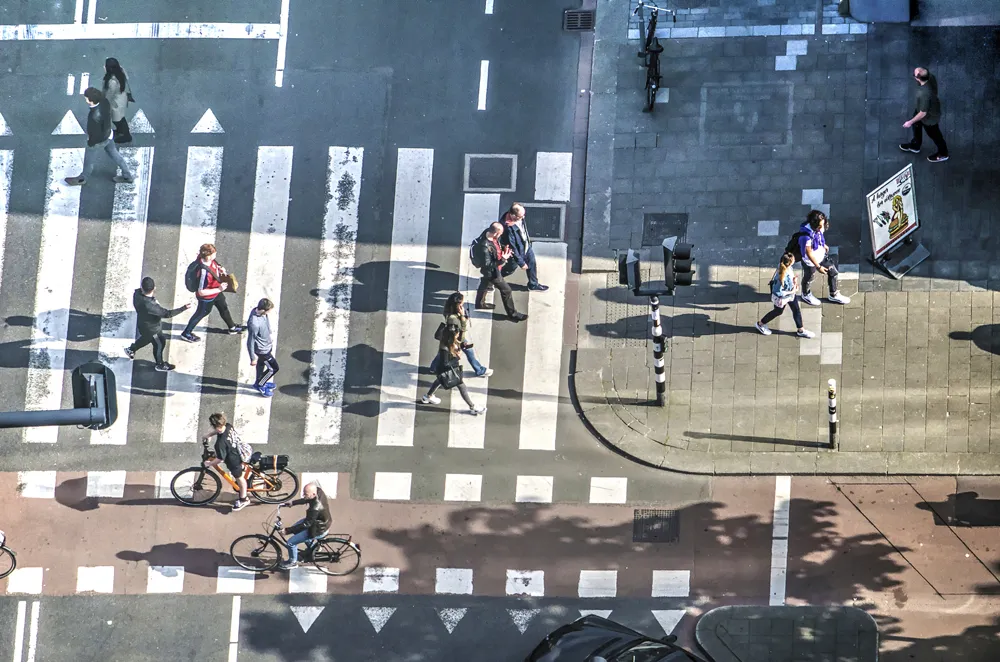The solution is said to offer a cost-effective alternative to inductive loops. It features a small sensor embedded into the centre of the lane and detects vehicles above it using magnetometer readings, which communicates the information wirelessly to traffic signals. The device, according to Clearview, is suitable for traffic signal control systems such as microprocessor optimised vehicle actuation and split cycle offset optimisation technique and for vehicle detection in motor insurance database applications system applications.
In addition, training will also be provided to the council's installation and maintenance teams. Future orders are expected throughout 2018 and beyond.
Andy Salotti, director of solutions for Clearview, said: “It’s great to see councils addressing the issue of congestion across their road networks, whilst being mindful of improving workers safety. The use of technology on our roads is the key to ensuring future generations of road users are not sitting in one large traffic jam”.
Clearview provides wireless charging for UK's North East region
Clearview Intelligence's (Clearview) M100 product range will be used on traffic signal controls managed by Newcastle City Council as well as those around the UK's North East region, following a tender issued by Gateshead Council. The technology will provide wireless vehicle detection with the intention of reducing roadworks and cutting congestion and providing safer working environments for highway engineers.
The solution is said to offer a cost-effective alternative to inductive loops. It features a sma
March 7, 2018
Read time: 2 mins
Clearview Intelligence's (Clearview) M100 product range will be used on traffic signal controls managed by Newcastle City Council as well as those around the UK's North East region, following a tender issued by Gateshead Council. The technology will provide wireless vehicle detection with the intention of reducing roadworks and cutting congestion and providing safer working environments for highway engineers.









